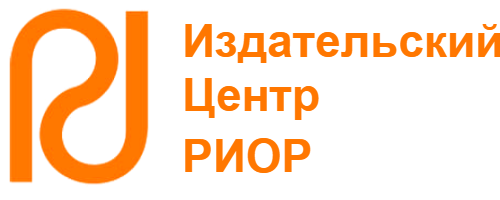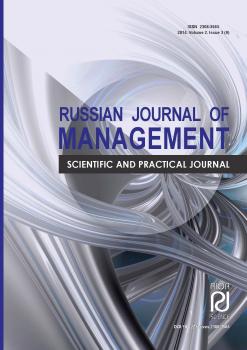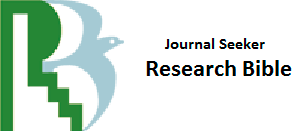The article discusses the methods of knowledge management for E/U-Learning systems, which will provide the opportunities for the construction of a unified all-pervasive electronic educational environment. Authors analyze the development of a new phase of e-learning (E-Learning 3.0) in which will play an important role distributed computer systems, cloud computing, mobile personal devices and wireless networks, artificial intelligence and virtual reality tools. Today, there is a fundamental scientific problem of creating a unified interstate intellectual environment for e-education services. This environment should include heterogeneous forms of knowledge representation, interstate standards and forms of learning, international faculty and student teams. The article suggests a possible knowledge management methods and the approach to the construction of an all-pervading intellectual environment for e-learning services. The proposed approach is based on the integration of multiple technologies, such as: service-oriented design, engineering of DSPL (Dynamic Software Product Lines), wireless telecommunications, interaction of intelligent e-learning agents. Structural basis of this approach is interconnected pair of intelligent software agents: student’s and teacher’s software agents. These agents are able to adapt itself: to the current level of student’s knowledge; to the available software, hardware and network equipment; to the current demands of the environment (e.g. labor markets); to the modern educational standards. As a basis of software agents self-adaptation is a mathematical variability model, including the three basic features hierarchy: educational content, interface, software and technical support. Application of such variability model does not require recompilation of the source code (to make changes in the agents properties) and allows to organize a continuous process of e-learning and significantly increase the life cycle of the entire system of distance learning. Moreover, the authors propose a service-oriented scheme for knowledge flows management. The article will be useful for experts in e-learning, developers of service-oriented systems and for managers in the field of socio-economic systems.
knowledge management, e-learning, E/U Learning 3.0, system of distance education, variability model, service-oriented architecture, DSPL, intelligent software agents
Введение
Системы электронного и дистанционного образования нового поколения (E/U-Learning 3.0, Electronic/Ubiquitous Learning — всепроникающее электронное обучение) базируются на стыке таких передовых информационных технологий как распределенные компьютерные системы, сервис-ориентированные Интернет-технологии, облачные технологии, мобильные персональные устройства и телекоммуникации, системы искусственного интеллекта и средства виртуальной реальности. Внедрение технологий E/U-Learning вывело современную систему образования на новый виток развития, способствующий процессам интернационализации и интеллектуализации обучения. Поставлена принципиально новая научная проблема создания единой межгосударственной интеллектуальной среды для управления передачей знаний и оказания электронных образовательных услуг, в которую будут включены гетерогенные формы представления знаний, межгосударственные стандарты и формы обучения, международный преподавательский и студенческий состав.
1. Mkrtchian V., Bershadsky A., Bozhday A., Fionova L. Model in SM of DEE Based on Service-Oriented Interactions at Dynamic Software Product Lines. Identification, Evaluation, and Perceptions of Distance Education Experts (editors Eby Gulsun, Yuzer T. Volkan). Chapter 14. IGI Global, 2015. P. 231-248.
2. Czarnecki K., Grunbacher P., Rabiser R. et al. Cool Features and Tough Decisions: A Comparison of Variability Modeling Approaches, VaMoS’12, January 25-27, 2012, Leipzig, Germany.
3. Czarnecki K., Helsen S. Feature-based Survey of Model Transformation Approaches. IBM Systems Journal, 2006, 45 (3), p. 621-646.
4. Papazoglou M. P., Heuvel W.-J. Service oriented Architectures: Approaches, Technologies and Research issues. The VLDB Journal, 2007, vol. 16, no 3, p. 389-415.
5. Mkrttchian, V. Modeling using of Triple H-Avatar Technology in online Multi-Cloud Platform Lab [in:] Mehdi Khosrow-Pour (Ed). Encyclopedia of Information Science and Technology (3rd Ed.). Hershey, PA: IGI Global, 2014. P. 116-141.
6. Bjork E., Ottosson S., Thorsteinsdottir S. E-Learning for All, Chapter 3. In: E-Learning: 21st Century Issues and Challenges, Nova Science Publishers Inc., 2008, P. 49-69.
7. Bershadsky A.M., Krevsky I.G. The Organization of Distance Education in Region. Proceedings of the Second International Conference on Distance Education in Russia: Open and Distance Learning as a Development Strategy. Moscow, 1996, P. 174-176.
8. IEEE 1484.12.1-2002 Standard for Learning Object Metadata (LOM), Tech. Rep. (2002, April 15). Retrieved February 15, 2008. URL: http://ieeeltsc.org.
9. IMS Global Learning Consortium. (2007). Question and test interoperability. Version 1.2. Retrieved May 29, 2009. URL: http://www.imsglobal.org/question/index.html.
10. IMS Global Learning Consortium. (2007). Learner information packaging information model. Version 1.0. Retrieved March 23, 2009. URL: http://www.imsglobal.org/profiles/index.html.
11. CMI001 - AICC/CMI Guidelines For Interoperability (Version 4.0). Historical Archive of AICC Documents. (2014). Retrieved July 15, 2015. URL: https://github.com/ADL-AICC/AICC-Document-Archive/releases/tag/cmi001v4.
12. ADL Technical Team. (2006). SCORM 2004 3rd edition documentation. Retrieved February 17, 2009. URL: http://www.adlnet.gov/scorm/20043ED/Documentation.cfm.
13. IEEE Personal and Private Information Specification. (2006). Retrieved January 23, 2008. URL: http://ieeeltsc.org.














